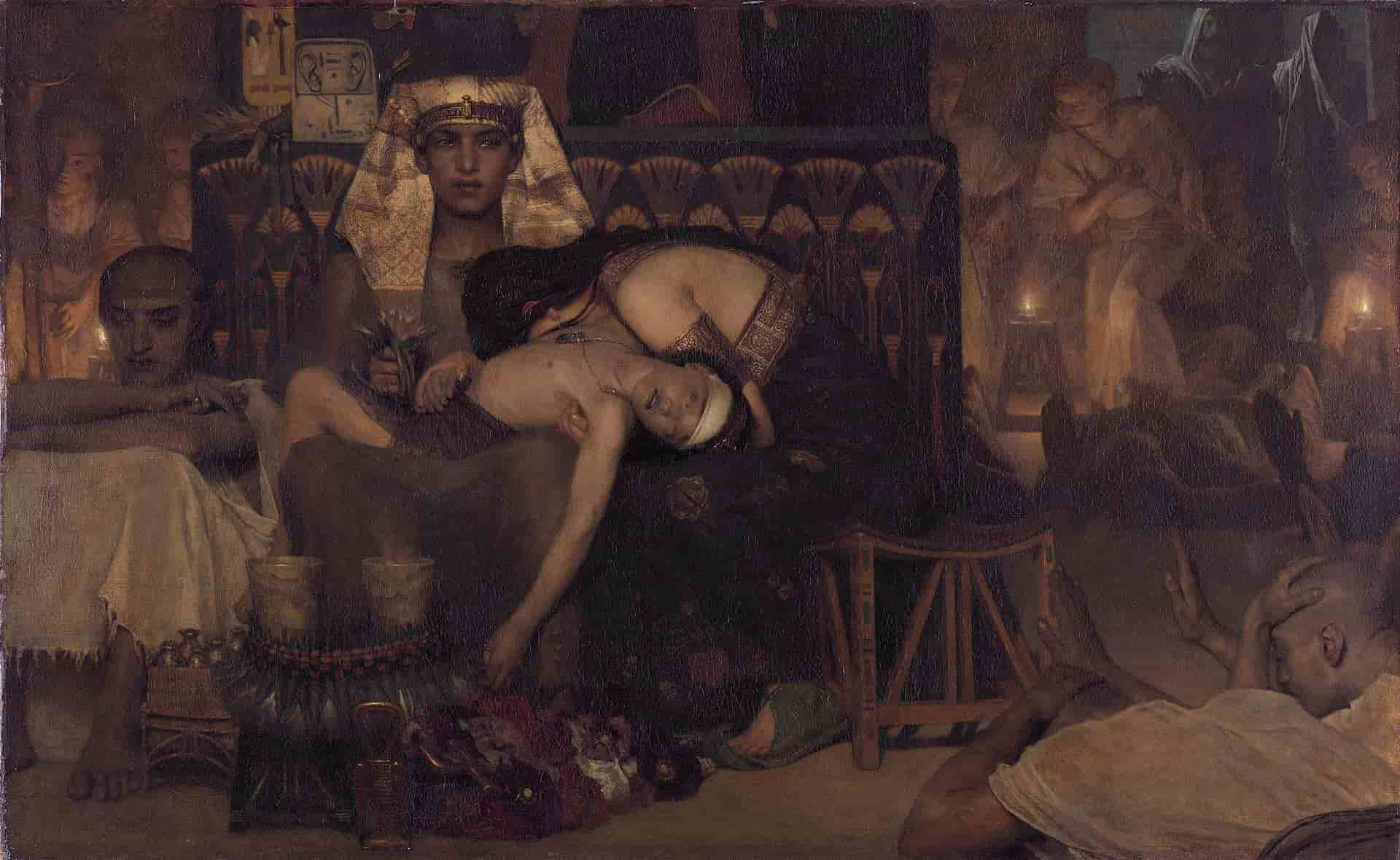The Ten Plagues of Egypt
The Ten Plagues of Egypt is described in the Pentateuch disasters that befell the Egyptians for the refusal of the Egyptian pharaoh to release the enslaved sons of Israel.

The Ten Plagues of Egypt is described in the Pentateuch disasters that befell the Egyptians for the refusal of the Egyptian pharaoh to release the enslaved sons of Israel.

